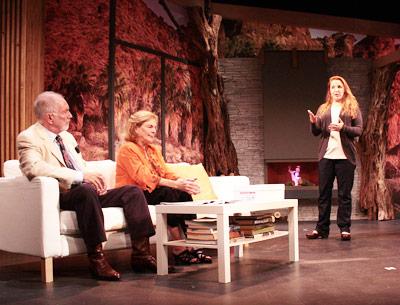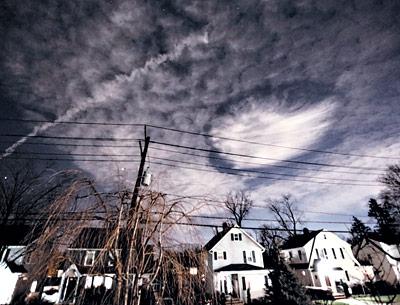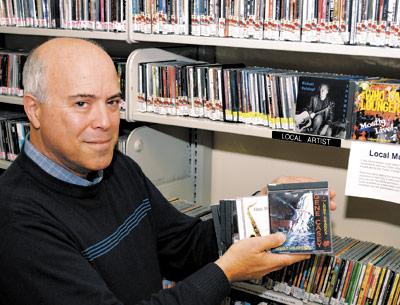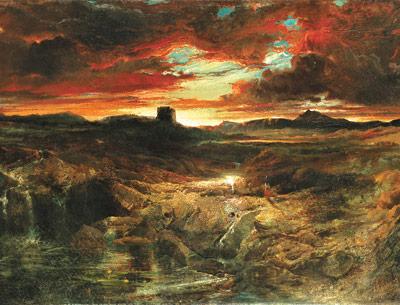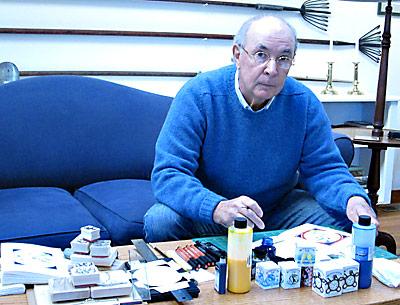Literature Live!
Literature Live!
Bay Street Theatre’s Literature Live! series will present “The Diary of Anne Frank” from Friday, Nov. 8, through Nov. 26. The play, written by Frances Goodrich and Albert Hackett, is an adaptation from the book about eight people hiding from the Nazis during World War II. It won the Pulitzer Prize for drama and the Tony Award for best play in 1956. The Bay Street production will be directed by Joe Minutillo and is suggested for ages 13 and up. Tickets are $12 for students and $25 for adults, with special pricing for schools and other groups.

